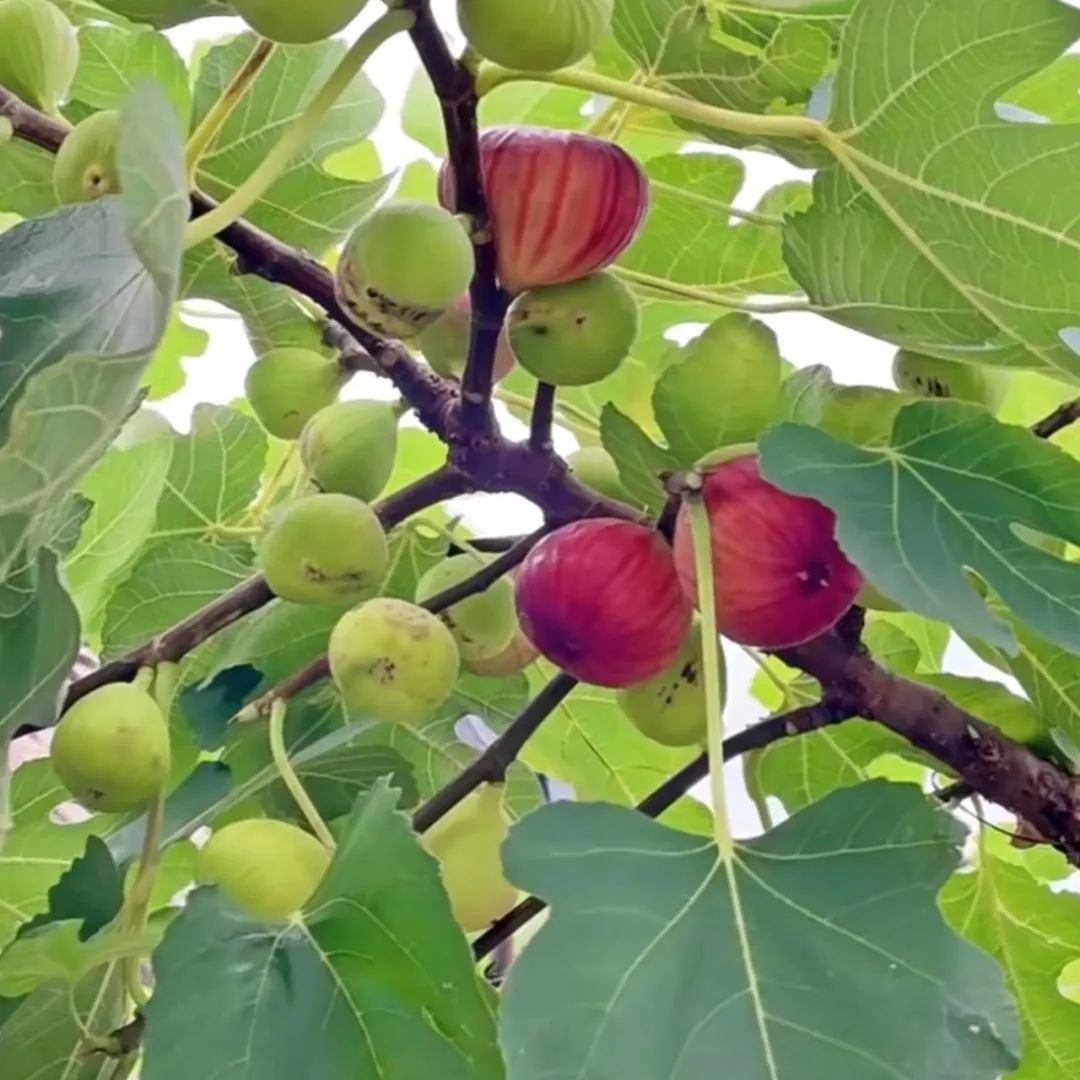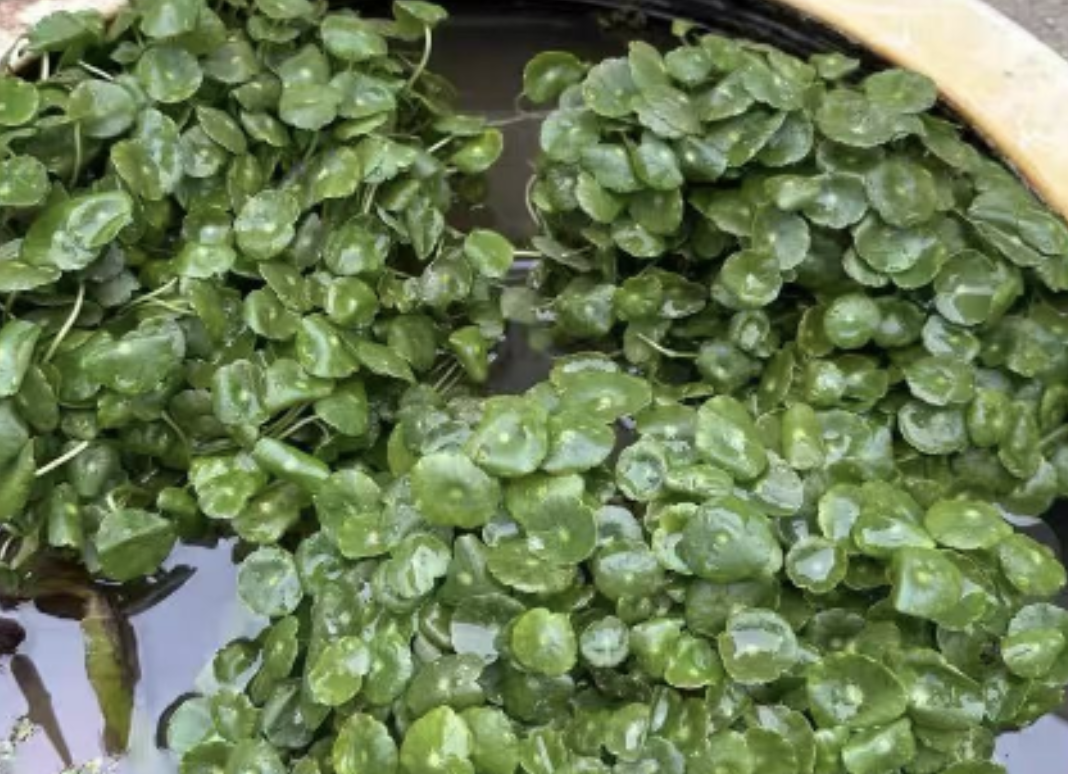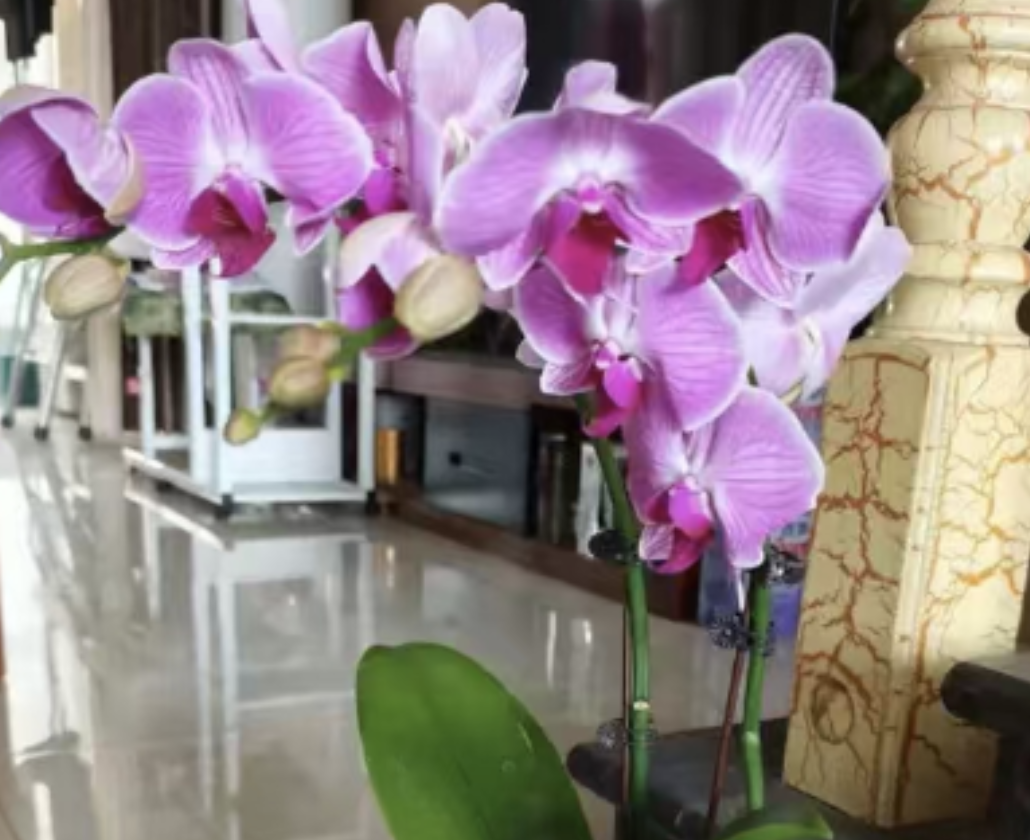Fig, scientific name Ficus carica L., is a deciduous shrub or small tree of the genus Ficus in the Moraceae family. Originally native to the Mediterranean coast, it is now widely cultivated around the world. Its fruit is bulbous in shape with a small hole at the tail, and its pollen is spread by wasps. When ripe, it is purplish-red or yellow, with a soft texture, high sweetness, rich in nutrients, and extremely high edible value.
The efficacy and function of fig leaves:
Medicinal value: Fig leaves have certain medicinal value. According to traditional Chinese medicine, fig leaves are sweet and slightly pungent in taste, neutral in nature, and slightly toxic. They have the effects of clearing damp-heat, resolving sores and toxins, reducing swelling and relieving pain. They can be used to treat diseases such as damp-heat diarrhea, leukorrhea, hemorrhoids, and carbuncle and swelling pain.
Modern medical research shows that fig leaves contain a variety of bioactive components such as flavonoids, phenols, and terpenes. These components have antioxidant, anti-inflammatory, antibacterial, and antiviral effects, which are beneficial to human health to a certain extent.
Health care function: Fig leaves also have certain health care functions. Fig leaves are rich in antioxidant substances such as vitamin C, vitamin E, and carotene, which can remove free radicals in the body and delay aging. In addition, the flavonoids in fig leaves also have the effects of reducing blood lipids and preventing cardiovascular diseases.
Other functions: Fig leaves can also be used to make tea. Fig leaf tea has the effects of clearing heat and detoxifying, reducing swelling and relieving pain, and reducing blood lipids. It is a healthy drink. In addition, fig leaves can also be used to make feed and fertilizer.
Planting and maintenance of potted figs:
Planting method: Take the fig seedlings out of the seedling pot, gently shake off the soil on the roots, spread a layer of broken tiles or ceramsite at the bottom of the flower pot to increase drainage, put the prepared soil into the flower pot, fill it to about two-thirds of the flower pot, put the fig seedlings into the flower pot, straighten them up to make the root system stretch, continue to fill the soil until the soil fills the flower pot, gently compact it, water it thoroughly, and place it in a cool and ventilated place for about a week to slow down the seedlings.
Maintenance management:
Light: Like sufficient light, place it on the balcony, windowsill, etc. Provide appropriate shading in high temperature in summer.
Temperature: Suitable temperature is 15℃ - 30℃. When the temperature is lower than -10℃ in winter, cold protection is required.
Watering: Drought-tolerant but not waterlogging-tolerant. Follow the principle of "water when dry and see wet". Increase watering in summer to keep it moist and reduce watering in winter.
Fertilization: Grow rapidly and need sufficient nutrients. Apply thin liquid fertilizer every 15 - 20 days during the growth period, and increase the application of phosphorus and potassium fertilizers during the flowering and fruiting period.
Pruning: Prune regularly. Cut off overgrown branches, diseased branches, and weak branches during growth. Perform heavy pruning in winter to promote the germination of new branches.
Pest control: There are relatively few pests and diseases. Take comprehensive measures. In the early stage of the disease, use fungicides such as carbendazim and chlorothalonil to prevent anthracnose and powdery mildew; use imidacloprid and acetamiprid to control aphids.
The efficacy and function of fig leaves.

Share with
Tagged in :




Leave a Reply